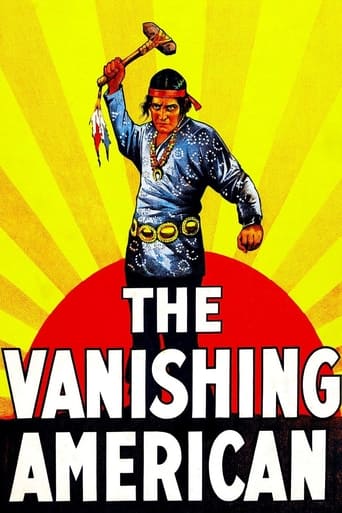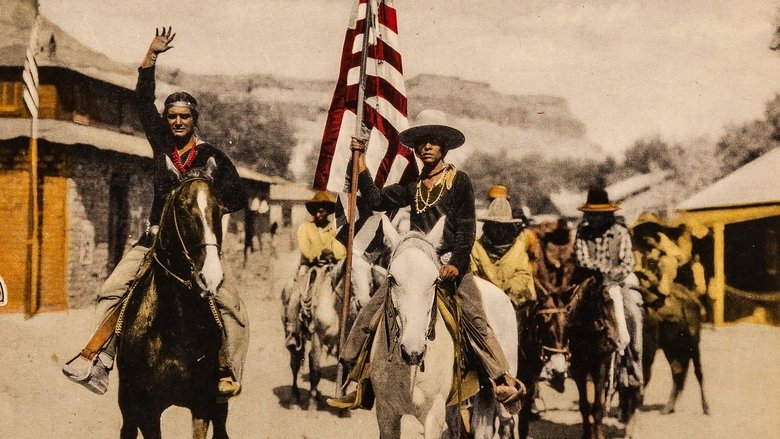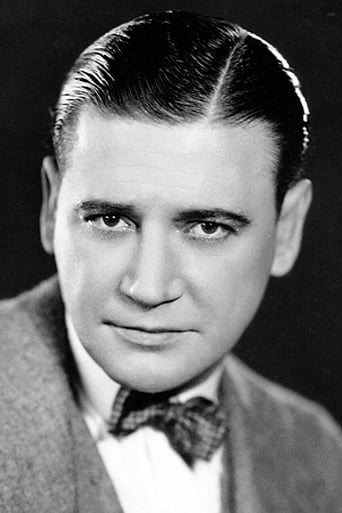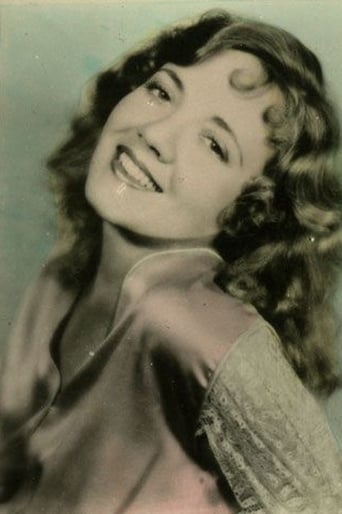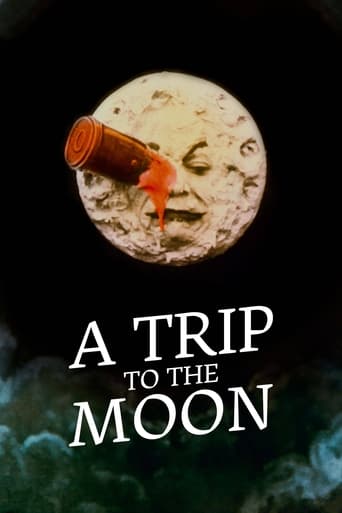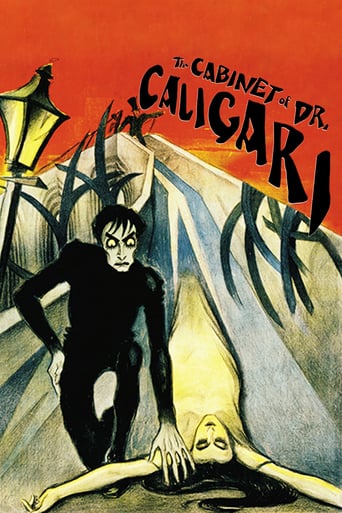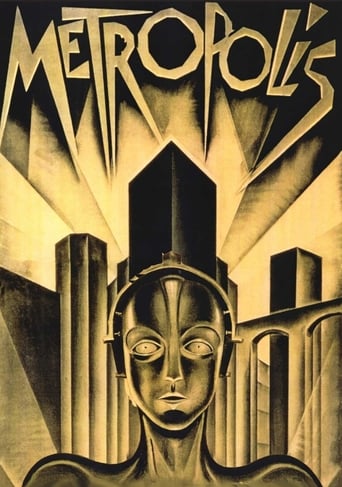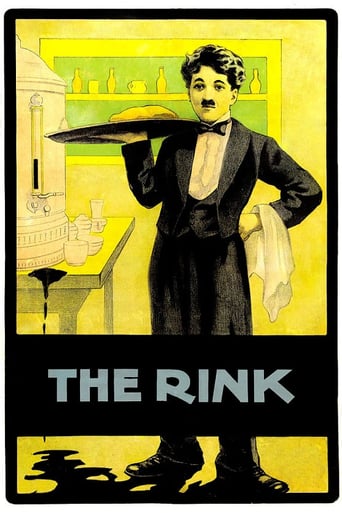The Vanishing American (1925)
A tribe of Navajo live on a reservation overseen by an Indian-hating agent.
Watch Trailer
Free Trial Channels
Cast


Similar titles
Reviews
Am I Missing Something?
A Major Disappointment
The story, direction, characters, and writing/dialogue is akin to taking a tranquilizer shot to the neck, but everything else was so well done.
A film of deceptively outspoken contemporary relevance, this is cinema at its most alert, alarming and alive.
The star of this film, Richard Dix, doesn't actually appear until half an hour in, the first quarter of this film version of Zane Grey's book comprising a superbly photographed prologue set in Monument Valley introducing us to various settlers over the centuries, starting with a couple of VERY early humans resembling those at the start of '2001', later followed by cave-dwellers spectacularly laid siege to by Indians in the film's most visually impressive sequence (the first of several staged with great use of mass formations by serial king George B. Seitz). The Indians in their turn come to grief at the hands of the conquistadores in 1540 and three hundred years later, Kit Carson. All this happens in the first half hour!!The films then unfortunately slows down considerably, as Dix and various others have their eye caught by comely schoolteacher Lois Wilson, of whom dastardly Noah Beery serves to personalise - and thus deflect responsibility from - white America's subjugation of the indians, including seizing their land while they were away serving Uncle Sam on the Somme. Actually, as Britain's example shows, veterans of The Great War from whatever background were prettily shabbily treated once their usefulness was at an end.
This is a 'lost' twenties film that deserves to be seen today.This is one of the few exceptions of Western films that sympathetically portrays Native Americans and the abuses they suffered. You won't see another one like this until 'Broken Arrow' (1950). Unfortunately, many of these 'exceptions' focus on just one individual Indian and his personal story, rather than plead the Indians' case. This one mixes both, and is the only film that really attempts to put a Zane Grey novel on screen.Today, Richard Dix's emotional range here doesn't seem very great (checking out his other films it never did), but is that because his noble stoicism is deliberate? In one of his 'Job-like' scenes it almost comes to the surface; his high morality does surely come through.There's a mind boggling prolog of the entire history of Native Americans, including the Annazzazi Cliff Dwellers; the history of Indians moves through time ending with Dix's return to his native land after World War I.Another real high point is the dastardly Noah Beery who doesn't need sound to convey his two faced menace. You can imagine the cheers when he finally gets it (in the neck). His amazing range as an actor can be seen in 'The Mark of Zorro' (1920) where he is the hilariously buffoonish Sergeant, and of course, as Buster Keaton's competition in 'Three Ages' (1923) Keaton's spoof of 'Intolerance' (1916).Truly epic in scope, this is definitely a film that deserves to be seen today, and can be thoroughly enjoyed by all. I give it an 8.
Film adaptation of Zane Grey's western story "The Vanishing American"; once upon a time; this was considered a very sympathetic "History of the Indian Race". Presently, it's worth is much more subjective; it would be entirely appropriate for modern viewers to take offensive, especially Native Americans.The film's highlight is the opening prologue; for its time, a very nicely researched, and extraordinarily photographed, history of Native Americans. Edgar Schoenbaum and Harry Perry are the cinematographers capturing Monument Valley, the Grand Canyon, and other places looking exquisitely beautiful. Some of the footage seems excitingly authentic, for example, the "Cliff Dwellers" segments.As the film jumps to the present, Richard Dix (as Nophaie the Warrior) emerges as the "hero"; arguably, he neither looks nor acts like a real Native American. The "epic" story becomes a decidedly more boring tale involving horse thief Noah Berry (as Booker). There is a lovely white woman, of course, to turn Dix' head; she's Lois Wilson (as Marion Warner). Ms. Wilson also converts Mr. Dix to Christianity; and, he is certainly not a hard sell. ***** The Vanishing American (10/15/25) George B. Seitz ~ Richard Dix, Lois Wilson, Noah Berry
I remember seeing James Stewart in the 1950 film BROKEN ARROW and being impressed at the positive view of the American Indian shown. Stewart's love (and marriage) for an Indian maidin who is killed by vengeful white men, was powerful and very touching. The 1925 Paramount silent version of Zane Grey's THE VANISHING AMERICAN is even more of an eye-opener! This is not a run of the mill "B" Western as so many of the films based on Zane Grey works were. This is a major Western in the tradition of Paramount's famous 1923 film, THE COVERED WAGON. No film (not even the marvelous films of John Ford)have shown the Indian as he must of lived in former times. The locations are the real thing (and beautifully photographed) and the numbers of extras are huge. One sees hundreds of Indians living in the clift dwellings and riding among the spectacular areas of Arizona and Utah (made famous in the Ford films). The first portion of the film attempts to trace the history of the first people to populate this land and follows their changing conditions through history. Some tribes grow weak and are over-taken by more powerful tribes. Powerful tribes are taken in by the arrival of the white men under Cortez and there first view of a horse (actually THE BOOK OF MORMON, a second testament to Jesus Christ gives a more acurate account of where the horses came from) -- but the Indians believe the horse to be some sort of god and thus subject themselves to the white man. The main story takes up just before American enters World War I and shows the sorry stake of the American Indian, now living on reservations and being cheated out of anything of value that they still have. Richard Dix does a marvelous job playing an Indian who has great values and respect for his people. The film shows the U.S. Governments need and request from the Indians for horses to help in the war. Through Dix's efforts they gain not only horses but enlistment from many of the Indian men. They play an important part in the War effort, but when they return to their land it is to conditions that have worsened, not improved. Thus the climax is set up. Truly an unusal film to survive from the silent era -- and one well worth taking a look at. The surviving material is beautiful to look at, but does contain a degree of flicker caused by the deterioration of the nitrate film that it was printed on. A choice addition to my DVD collection!

